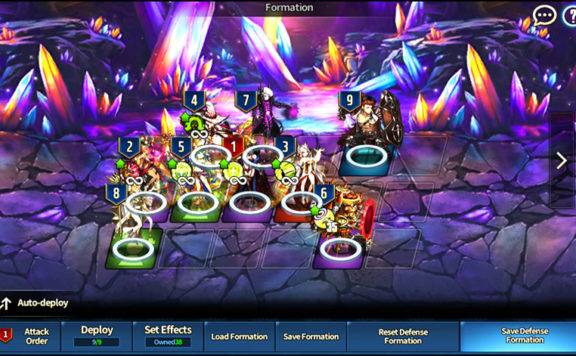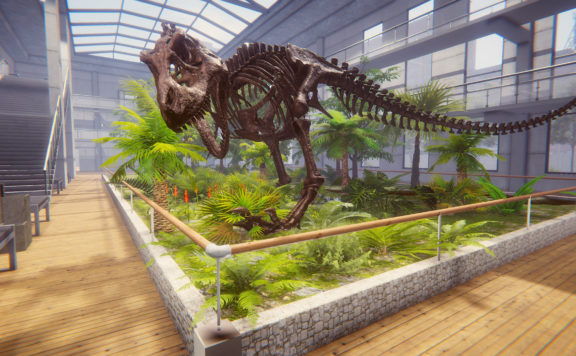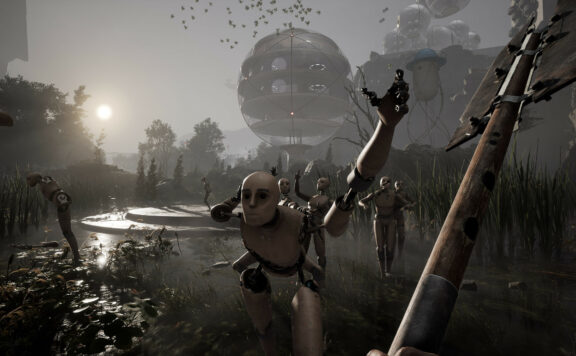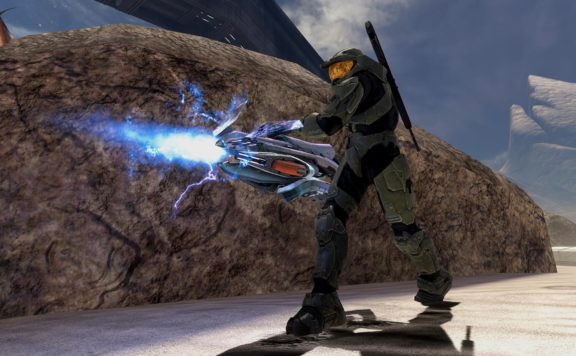If there is one lesson to learn from stories involving an underdog and insurmountable odds it is this: never, under any circumstance, overlook the little guy. Stick around because in our review of Skul: The Hero Slayer, we are going to look at how it strays from the script, telling a compelling story through its challenges and narrative.
Skul: The Hero Slayer is a 2D side-scrolling rogue-lite adventure that sets the genre’s formula of extremely high difficulty, incremental progress through earned upgrades, as well as randomized gameplay bonuses against a fantasy backdrop similar to Dead Cells and Rogue Legacy. In this tale of swords and sorcery, Skul: The Hero Slayer subverts the expected fantasy trope of holy knights versus ghoulish demons by placing players in the role of the most unlikely protagonist: the smallest of skeletons named Skul.

Set in the continent of Harmonia, a tenuous peace treaty between the humans and monsters is about to be broken. Skul: The Hero Slayer thrusts you into the fray the moment it snaps. Overwhelming forces from the kingdom of Carleon sack the Demon King’s castle, dragging him off into captivity by The First Hero as our Skul tries to fight against all odds to do his part. While he tries his hardest… but in a world of heroic priests, armored paladins, witches, and werewolves, this boney boy seems so benign in comparison.
To make matters worse, some of the creatures under the Demon King’s care are being manipulated by a sinister power called Dark Quartz. This material has turned friend against friend, leaving those under its control in a frenzied haze. Fiends once considered friends overtaken by this new madness must be dealt with alongside of the forces of Carleon and it’s burgeoning heroes-in-training.

Into this insurmountable situation, players take control of Skul. Equipped with a smallish femur, a cape gifted to him by the Demon King himself, and a detachable head, you set off to rescue the Demon King and his lieutenants. What Skul discovers along the way is that he has a unique talent: when Skul replaces his skull with that of another monster, he can take on their powers!
This is where Skul’s unique gameplay mechanic comes into focus. From grizzly ghouls to greater liches, Skul can transform into an imposing force – if you find the right skulls along the way! Each form has unique abilities that can be used while that skull is active also. At any given time, you can have two skulls equipped with a cooldown-based ability to swap back and forth between the two. For example, when you activate the Ghoul skull, Skul will dive forward and swallow the nearest enemy, empowering that form.
If you so chooses, you can disassemble skulls you finds along you journey to collect their bones. These bones can be used to upgrade skulls to a greater form of that particular skull. With each evolution, abilities gain greater power and utility. Occasionally, a new form will gain a new ability to accompany an existing one.

Alongside of skulls, players find quintessence and items containing stat buffs. Quintessence give players an item that has a passive trait along with an on-use activation, such as a special attack or an incoming damage reduction buff. Items on the other hand are far more passive. Containing two stats per item, players can stack stat for greater benefit while providing the item’s unique bonuses to the player. For example, one stat may give plays an extra 5% health, but with more stacks of that same stat, its power can grow far beyond its starting point.
However, all of this together may not be enough…
Remember, Skul: The Hero Slayer is a rough-lite, which means that you are going to die… over, and over again. Upon each death, Skul loses any items, quintessence, and skulls he found along his adventure and is only left with the remnants of dark quartz he collected off of his defeated foes. This collected resource can be traded for permanent stat improvements and repairs to the Demon King’s castle. These upgrades can make each run feel a little bit less overwhelming as Skul’s powers are enhanced.
As you return to the mission of rescuing the Demon King, the regions you progress through will shift ever so slightly. Each region is made up of several levels which appear in a randomized order, but with a twist: you get some choice in the matter.
At the end of each level, you have a choice between doors, each containing a different prize at the end – an item, a new skull, or money. Regions also have specific levels which will always appear within your progression through them. Every region contains two options to shop for items, quintessence, and healing items as well as a mini-boss encounter with a combination of Harmonia’s fledgling heroes-in-training.

When you combine all of these elements together, Skul: The Hero Slayer presents a pretty satisfying gameplay loop. The challenging combat scales in difficulty as you progress through levels with boss encounters that make you pay attention to attack patterns and telegraphing. Completing a boss encounter for the first time feels like a huge achievement, while continually beating that encounter the next subsequent times feels like the progression is actually paying off!
However, these satisfying moments are a but dampened by the same trap of just about every other rogue-lite: players are captives of luck and reliant of muscle memory. One place where this is especially evident with Skul is that the skulls you find along your journey may not carry the same combination of abilities as the last time you found it! This means that players are broken out of the gameplay to go into the menu to discover what ability or abilities that skull contains and whether or not it is worth keep.
Circling back to the point about muscle memory, the button used for picking up an item is the same as the button to destroy the item. If a player holds the button for too long, they are out of luck. This is especially heartbreaking when a rare skull appears at the end of a level and, rather than picking it up, the button is held slightly too long. I can’t tell you the number of runs that could have gone so much differently had this option taken just a second or two longer… but, that may be more my fault for leaning too much on muscle memory and trying to rush my progression.
 Overall, Skul: The Hero Slayer scratches an itch that really hasn’t been scratched since my last play through of Dead Cells – which, ironically, receives a clever nod in the form of the Prisoner skull! If you are looking for a challenging rogue-lite that takes a slightly different approach with the dark fantasy genre and you don’t mind dying a whole bunch to progress, Skul may just hit the spot.
Overall, Skul: The Hero Slayer scratches an itch that really hasn’t been scratched since my last play through of Dead Cells – which, ironically, receives a clever nod in the form of the Prisoner skull! If you are looking for a challenging rogue-lite that takes a slightly different approach with the dark fantasy genre and you don’t mind dying a whole bunch to progress, Skul may just hit the spot.
Skul: The Hero Slayer is available for Windows PC, macOS, and Linux via Steam for $19.99 USD.
Note: Our copy was reviewed on Windows PC via Steam with a code provided by PR.
COMPARE TO: Rogue Legacy, Dead Cells







